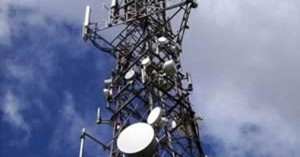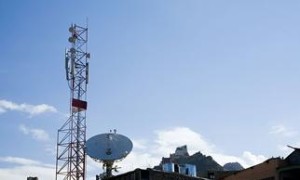 Bharti Infratel saw reduction in tenancies currently as the smaller operators are exiting the market. There was a reduction of 1,179 tenancies in this quarter due to such smaller operator exits (Largely Videocon’s Exit). But even excluding the impact of such exits, gross tenancy addition of 2,546 is muted vs the prior four-quarter tenancy addition of 3,185. This suggests that even the Big 3 (Airtel, Vodafone, Idea) have been slow in rolling out tenancies/towers in this quarter, in part seasonal and in part due to the nearness of the upcoming spectrum auctions.
Bharti Infratel saw reduction in tenancies currently as the smaller operators are exiting the market. There was a reduction of 1,179 tenancies in this quarter due to such smaller operator exits (Largely Videocon’s Exit). But even excluding the impact of such exits, gross tenancy addition of 2,546 is muted vs the prior four-quarter tenancy addition of 3,185. This suggests that even the Big 3 (Airtel, Vodafone, Idea) have been slow in rolling out tenancies/towers in this quarter, in part seasonal and in part due to the nearness of the upcoming spectrum auctions.
Strong loading on existing sites has led to a ~3% Y/Y increase in average rentals (~Rs 35,039 for Jun-16). Almost all 3G/4G build-out by operators

